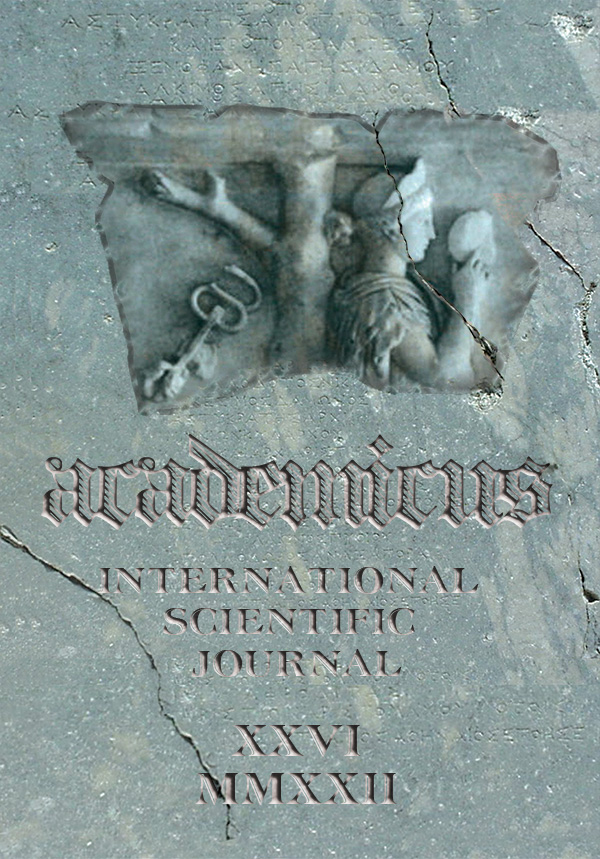Questioning on Several Forms of Fascism
Questioning on Several Forms of Fascism
Author(s): Štefan Šumah, Anže ŠumahSubject(s): Politics, Political Theory, Governance, Fascism, Nazism and WW II
Published by: Academicus
Keywords: fascism; totalitarism; extrem left; extrem right; socialist regimes; ideology;
Summary/Abstract: The concept of fascism has been defined quite precisely by researchers in the field of political science and sociology, who also defined its main features or characteristics. However, with the word fascism (and its derivatives, e.g. fascists, fascist...) members of the left often label their opponents, thus, this is word is often misused. In essence, fascism is a word that has become synonymous with the word totalitarianism. With the analysis that was based on similar characteristics we concluded that totalitarianisms of both poles (if the classical left–right political spectrum is applied) exhibit more common features than, for instance, totalitarianisms and classical dictatorships, which are also often called fascist or semi-fascist regimes. Thus, German Nazism (often also presented as one of the forms of fascism) and Russian Bolshevism (as one of the extremes forms of socialism) or Titoism in Yugoslavia have more in common than e.g. German Nazism and Pinochet’s dictatorship in Chile or the dictatorship of colonels in Greece (both also frequently referred to as fascistic regimes or semi-fascist regimes). Using the word fascism is often not so much about denoting the actual content as it is more for political propaganda and slandering the opponent. If it was based on actual characteristics, fascism (fascist, fascists...) could become an adjective to denote all totalitarianisms (left fascism, right-wing fascism, Islamic fascism...).
Journal: Academicus International Scientific Journal
- Issue Year: XIII/2022
- Issue No: 26
- Page Range: 104-115
- Page Count: 12
- Language: English

